(Listen to the radio version here.)
This year, I saw robin fledglings in early June, saw new ones in July, and recently have been seeing a whole new batch. It’s exceptional for robins to succeed in raising three broods up here.
I saw a new batch of House Wren fledglings on August 14.
Besides baby robins and wrens, I’ve seen begging Northern Flickers, Black-capped Chickadees, Brown Thrashers, and Gray Catbirds, and fledgling Red-bellied Woodpeckers and Blue Jays all in my backyard. I’m pretty sure hummingbirds and Red-eyed Vireos also raised young near here.
The baby birds I most wanted to see but didn’t were Pileated Woodpeckers. Last year, I noticed BB, my banded male, bringing fledglings here on July 10 and got to see him feeding at least one of his chicks just about every day through September 7.
Pileated Woodpecker parents split up their brood from day to day, each parent taking one or more. Over time, I saw BB bring two different young females once or twice, and two different males, so he’d for sure produced a minimum of four young. Over time, I could watch their eyes go from dark bluish-gray to paler gray, slowly transitioning to the yellow eyes that mark Pileateds as adults.
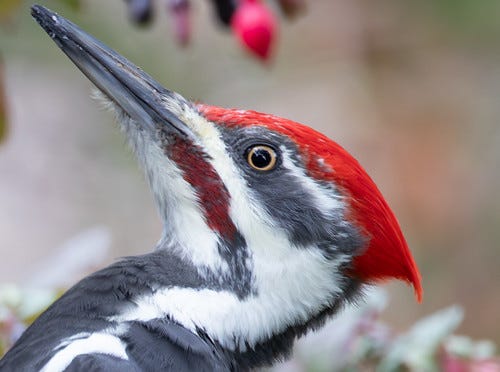
This year, I saw BB at the feeders with what I presume was his mate on January 8.
Like last year, she didn’t stick around—females choose the nest site, which was apparently in her part of the neighborhood—and through the beginning of July or so, as far as I could tell, BB kept to about the same routine he did last year. So I was very eager through July and well into August, keeping watch whenever he showed up to see if there was a chick with him, but no luck. Now, at August’s end, I’m seeing him more frequently, but never with a young one, so at some point, his nest must have failed.
Now for the past week or so, an adult female has been coming to the feeder not with BB but a few minutes before or after him. I can’t tell most Pileateds apart—the only way I can be sure I’m seeing BB is by searching for the band on his leg—so I don’t know if this is the same female he was with in January, nor if that female was the same one he’d raised babies with last year. I’ve encouraged my backyard birds to wear name tags, but so far they’re resisting. All I know for sure is it made me sad not to see him with babies again.
As is normal for adult birds in late summer, BB looks bedraggled. Growing an entirely new set of feathers each year takes a lot of nutrients. Birds can’t afford to molt when they’re producing young or while they’re giving most of the food they find to their young. They start molting once the babies are on their own, while the weather is still warm enough that insulation isn’t too critical, so this is when many birds look their absolute worst. One of my Blue Jays was almost bald, looking utterly ridiculous a few weeks ago.
That same bird looks much better now, but you can still tell some of its new facial feathers are not all the way in.
I can see newly erupting feathers on my adult Brown Thrasher…
…and a Northern Flicker, too.
On Monday after spending a bit of time at the birdbath, an adult male flicker spent a lot of time preening in my apple tree, giving me quite a photo op.
The catbird who lost its tail in early July delayed growing new feathers while feeding young, but now that the babies are on their own, the parent’s new tail is just about entirely grown in, making it hard to distinguish this bird from its mate again.
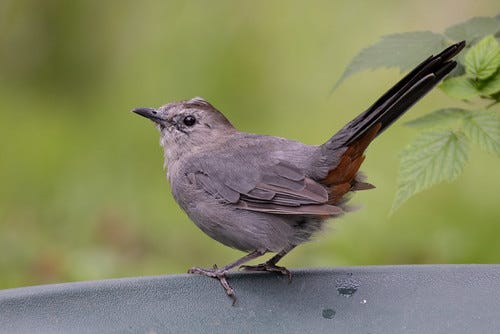
Tails grow back on birds, but not on mammals. Dizzy, my favorite little chipmunk, who stuffs her cheeks with sunflower seeds or peanuts while letting me pet her, also apparently got into a tussle with a predator recently. On Saturday, I noticed that half her tail was missing—well, the furry part. A thin string of muscle-covered vertebrae was still there.
That pitiful little end had broken off by August 28.
The wound will heal, but the tail won’t grow back. Fortunately, like all chipmunks, Dizzy is a little survivor and will do just fine with a short tail.
Even as I’m relishing all these backyard summer creatures, migration is seriously kicking in. This week we had a spectacular nighthawk flight over Duluth which I’ll tell you about tomorrow.






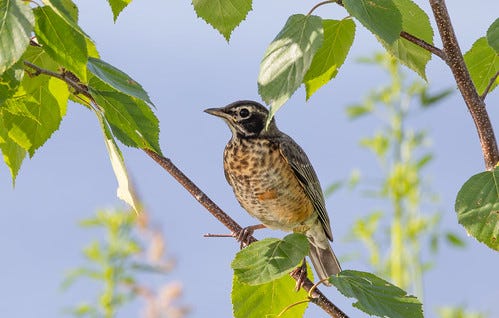

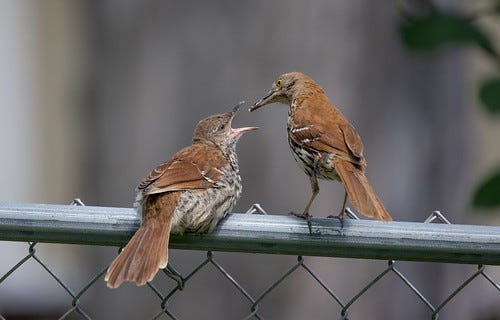
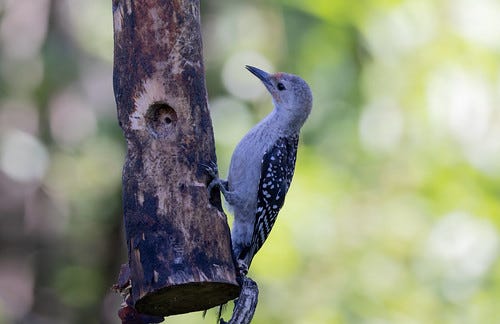


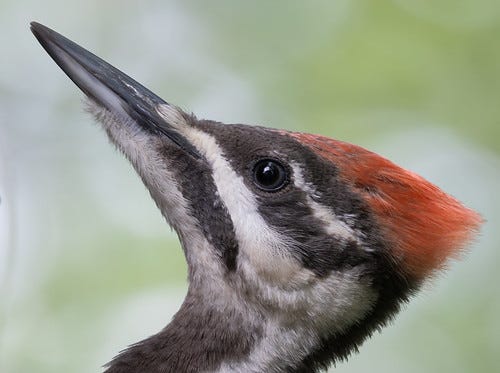
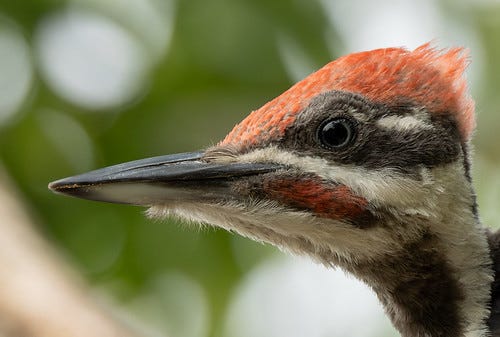
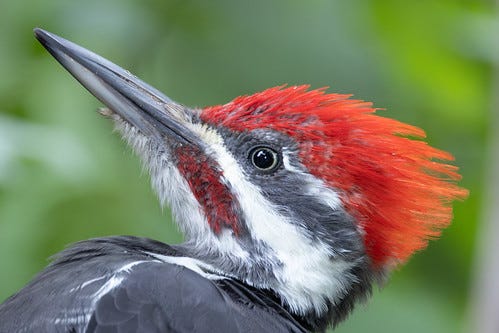
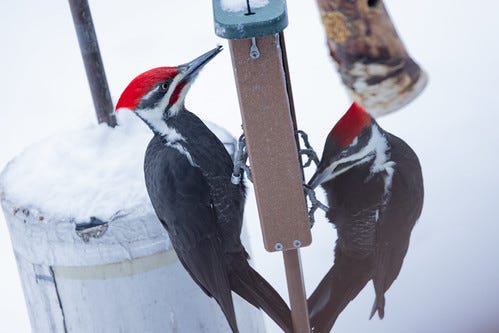

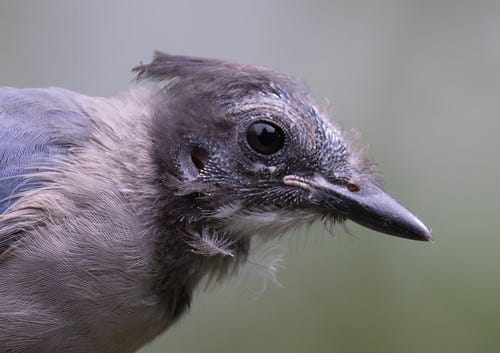
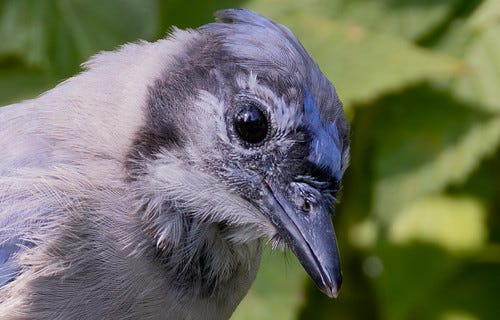
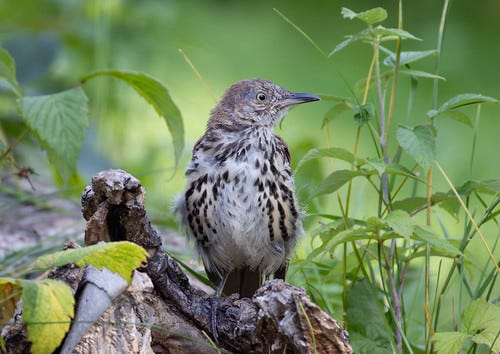
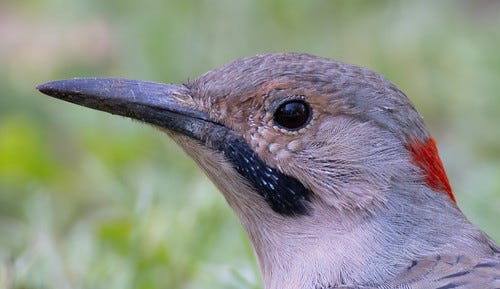
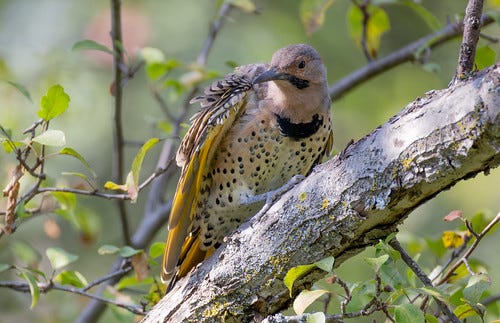
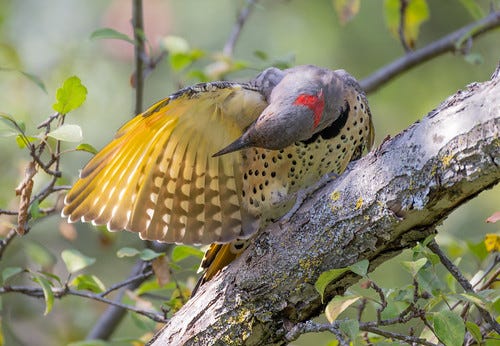


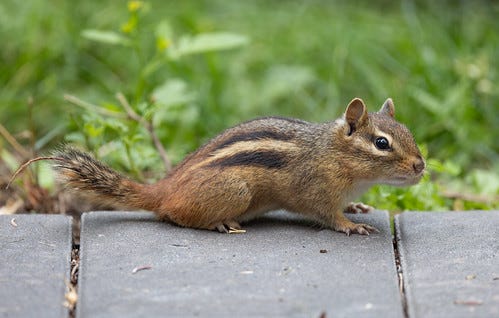
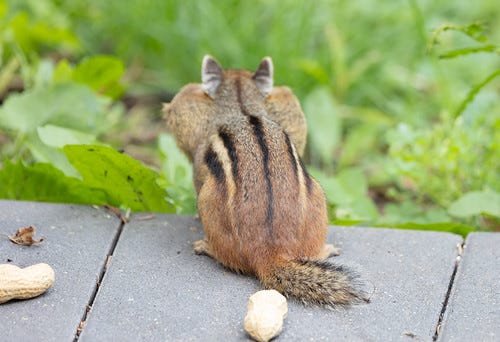
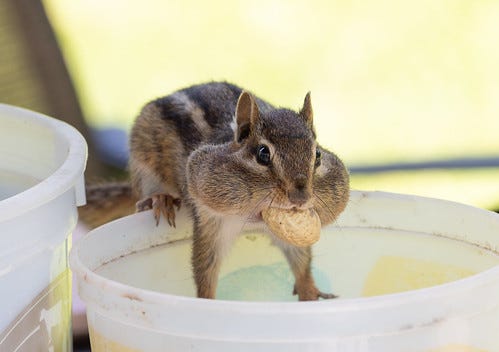
What a fun chipmunk picture to end on! Sorry about BB without babies...
Pretty photos of pretty birds. Great studies. My mammal book says "our" "cute" chipmunks don't play with each other. They are squabbling. They are solitary with solitary territories and are very territorial. Fortunately, they avoid most direct fighting with threat displays, chasing, and much sounding off at each other, much like a Woodchuck, which when aggressive chatters its teeth (Marmota monax's grows, squeals, and whistles have other purposes). But to say that the Eastern chipper doesn't play kind of took the wind out of my sails.